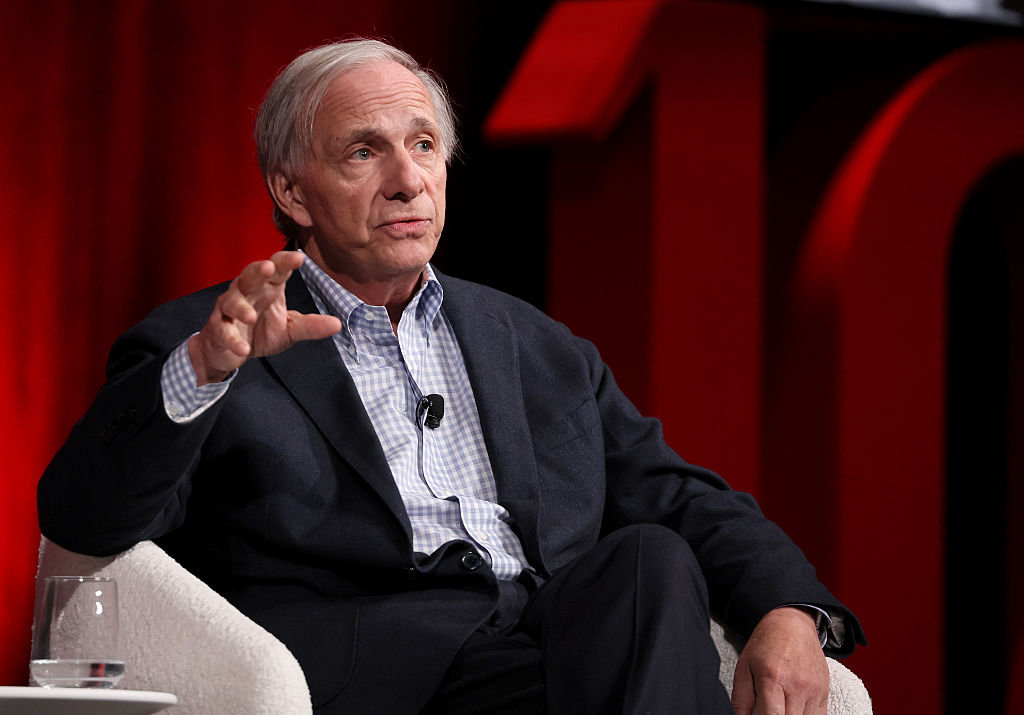For a long time, I have had concerns about national debts and the value of fiat currencies—and have written about how these concerns both increase the appeal of gold. Since I first expressed those thoughts, the price of gold has gone up a lot, so I’d like to share what I believe are the most important things to know about gold.
[time-brightcove not-tgx=”true”]
It seems indisputably true to me that gold is a money and that it is the money that is least at risk of being devalued and/or confiscated. That’s why gold has been valued as money for thousands of years and in almost all countries, while many other monies have come and gone.
Here is how gold has historically held its value—and why it still does.
Throughout history, all currencies have been either linked/”hard-asset-backed” currencies or “fiat” currencies. The value of linked, or “hard-asset-backed” currencies, are connected to gold or to something similarly limited in supply and globally valued, like silver. These currencies allow people or governments to exchange their “paper” money for gold, silver, etc. at a fixed exchange rate. Fiat currencies, on the other hand, are not linked to or backed by anything, so they aren’t limited in supply.
Looking at history across countries, when there was gold-backed money and too much debt, the monetary system broke down. This happened because the countries’ leaders often stuck to the commitment to back the money with gold, which led to debt defaults and deflationary depressions. Or they broke their commitment to deliver gold at the committed price, which allowed them to create a lot of money and credit which typically devalued the money and led to higher inflation and higher gold prices.
Before the introduction of central banks (in 1913 in the U.S.), the deflationary path was most typically followed. But after central banks came into existence, the inflationary path became more common. In both these cases, big debt crises resulted and reduced debts relative to the incomes needed to service them, which fixed things at new, higher price levels. This is why prices have risen over time. The most recent examples of gold-linked monetary system breakdowns were in 1933 and 1971.
We stopped having these linked monetary systems and shifted to fiat monetary systems in 1971. Because this is what we have now, the lessons from studying what happened with past fiat systems at times when there was too much debt relative to the amount of money that was needed to pay it are more relevant to what’s going on now. In such cases, central bankers always created a lot of money and credit, which typically led to higher inflation and higher gold prices.
In all these cases, gold did well as an alternative money to paper/debt money. Over long periods of time, it was the money with the best track record of holding its purchasing power. This is why it is now the second-largest reserve currency held by central banks.
That doesn’t mean that other currencies were worse storeholds of wealth than gold over time. That is because paper/debt monies provide interest, and gold does not. So, when interest rates were high relative to the rate of decline in the value of the paper/debt monies, these paper/debt monies gave a higher return.
The market timing game, should one choose to play it (and I advise not to), is to hold the paper/debt money when the interest rate is high enough to compensate for the default and devaluation risks of holding the money. But when the devaluation and default risks of the paper/debt money risks are not adequately compensated for by the interest rate, it’s wise to hold gold.
Alternatively, one can choose not to try to time such movements and instead always hold some gold. Gold, like cash, has had a low real return of about 1.2%, and it has been negatively correlated with cash. For that reason, one can think of gold and cash together as being good money to have for any type of environment in which liquidity is good to have.
Gold has also been a favored money because it has lower confiscation risks than other monies and assets. That’s because it doesn’t depend on getting money from someone, and it’s tougher for someone or some government to take it from you. It is the toughest money to grab because it can be held in one’s own secure possession, unlike all other monies that require others to make payments of money to give them value. It also can’t be stolen in cyberattacks. For this reason, gold has been the favored asset when there were big risks of money confiscation due to financial crises that led to very high taxes and other confiscatory policies and/or economic and financial wars (e.g., sanctions) between countries.
As a result, during times when there were monetary/debt crises and/or wars that increased the risks of confiscation, gold went up a lot in value. More accurately, it was the money that didn’t fall in value.
This is why gold has continued to be the most fundamental money over time, with the best track record of having its value track the cost of living over very long periods of time.

